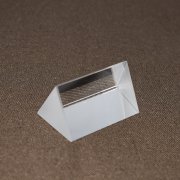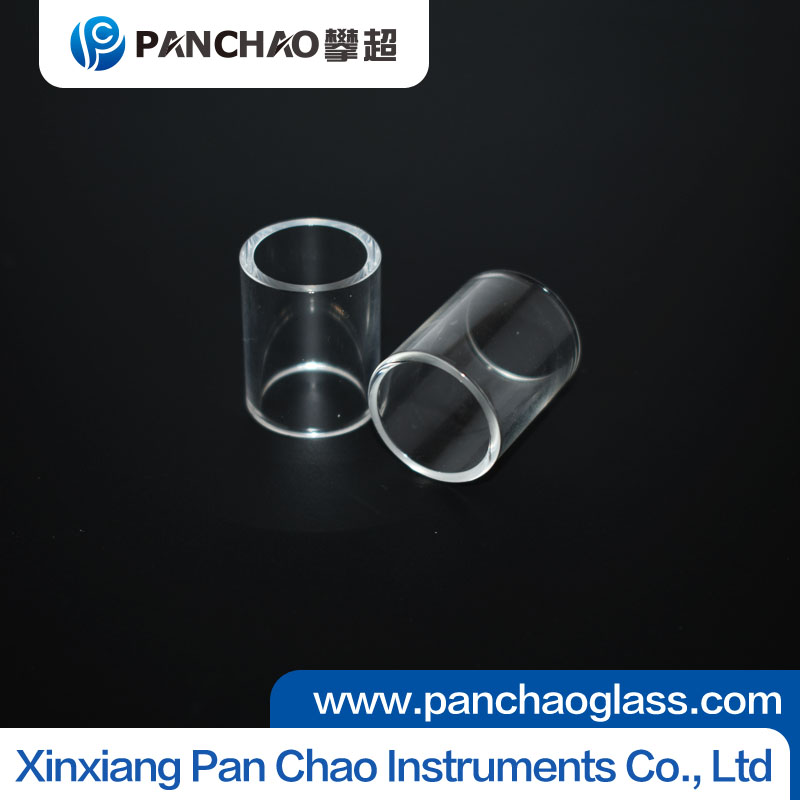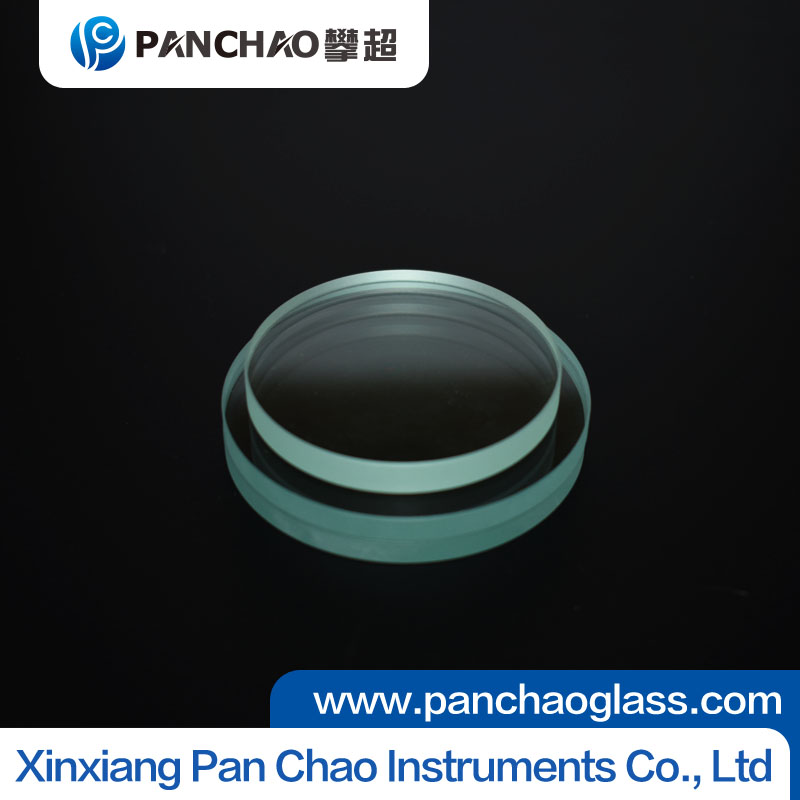
Anti-Reflective Coating Technology for Ultra-Clear Glass: How to Further Reduce Reflectance?
"Anti-Reflective Coating Technology for Ultra-Clear Glass: How to Further Reduce Reflectance?"
Ultra-clear glass, with its ultra-low iron content and high light transmittance, is already a premium material for applications like photovoltaics, high-end displays, and architectural facades. However, even its impressive 91.5%+ light transmission can be improved. Advanced anti-reflective (AR) coating technologies are now pushing the limits, reducing surface reflectance to near-zero levels. Here’s how modern coatings are achieving this breakthrough.
1. The Science Behind Reflection Loss
Even ultra-clear glass reflects ~8% of incident light (4% per surface) due to the refractive index mismatch between air (n=1) and glass (n=1.5). AR coatings work by:
-
Index Grading: Using layered materials (e.g., SiO₂, TiO₂) to create transitional refractive indices.
-
Destructive Interference: Coating thicknesses are tuned to λ/4 (≈100–150nm for visible light) to cancel reflected waves.
2. Cutting-Edge Coating Techniques
A. Magnetron Sputtering (PVD)
-
Deposits nanoscale metal oxides (e.g., MgF₂, Al₂O₃) in vacuum chambers.
-
Achieves reflectance <0.5% per surface (vs. 4% uncoated).
-
Preferred for precision optics and touchscreens.
B. Sol-Gel Dip Coating
-
Applies porous silica layers via chemical solution immersion.
-
Cost-effective for large panels (e.g., solar modules).
-
Durability challenge: Requires post-thermal curing (300°C+).
C. Multi-Layer Dielectric Stacks
-
Alternates high-index (TiO₂) and low-index (SiO₂) layers.
-
Broadband AR effect (400–700nm visible spectrum).
-
Used in museum display cases (reflectance <0.2%).
3. Performance Breakthroughs
-
Dual-Side Coating: Reduces total reflectance from 8% to <1% (e.g., for photovoltaic glass).
-
Broadband AR: New materials like Nb₂O₅/SiO₂ hybrids cover UV to IR wavelengths.
-
Self-Cleaning Hybrids: Some AR coatings integrate hydrophobic top layers (water contact angle >110°).
4. Real-World Applications
-
Solar Energy: AR-coated ultra-clear glass boosts panel efficiency by 1.5–3% absolute.
-
Consumer Electronics: Smartphone screens with AR coatings achieve 99%+ visibility outdoors.
-
Architecture: Skyscraper windows with AR films reduce bird collisions by 70% (minimizing mirror effects).
5. Future Directions
-
Nanostructured Surfaces: Biomimetic moth-eye patterns (sub-wavelength textures) may eliminate coatings entirely.
-
Flexible AR Films: Roll-to-roll production for curved displays.
Pro Tip: When specifying AR-coated glass, verify abrasion resistance (Taber test ≥1,000 cycles) and lifespan (outdoor weatherability >20 years).
By marrying ultra-clear glass with advanced AR tech, we’re entering an era where "invisible glass" becomes a reality—transforming energy, design, and visual experiences.
Related articles
- Triple Armor of Tempered Glass: Impact Resistance, Heat Toler
- Ultra white glass: the 'invisible king' of high-end home and
- Application of Ultra White Glass in Building Curtain Walls: B
- Do buildings often use ultra white glass?
- Ultra white glass vs ordinary glass: the ultimate battle of t
- From raw materials to craftsmanship: Unveiling the "flawles
- Ultra white glass: Why is it more transparent than ordinary g
- Cleaning and maintenance methods for high borosilicate glassw
- Laboratory Glass Material Selection Guide: Why Choose High Bo
- Environmental advantages of high borosilicate glass: recyclab

Xinxiang Pan Chao Instruments Co., Ltd.
Tel: +86 13343800331
Contact person:Carrie Niu
Fax: 0373 303 0331
Email:sales@panchaoglass.com






